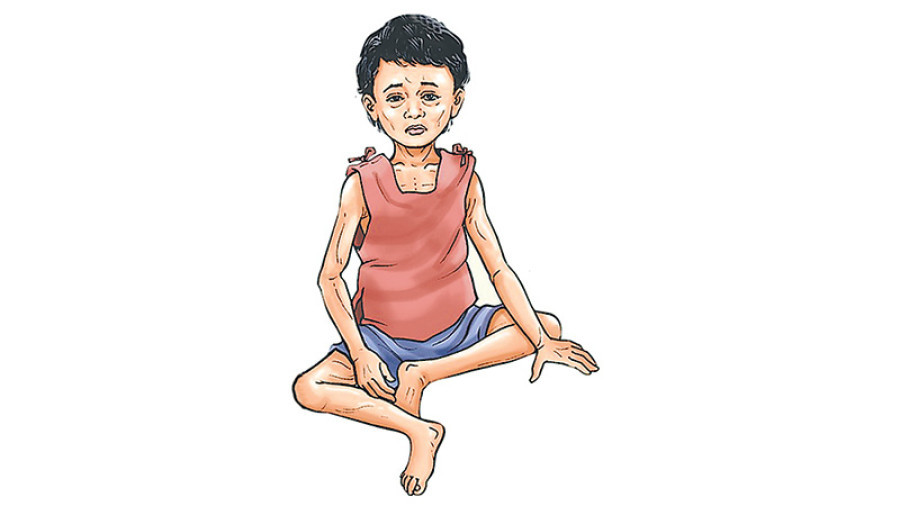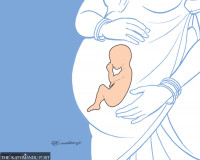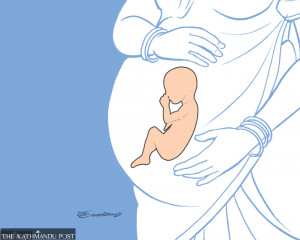Health
US agency to provide technical help to carry out micronutrient status survey
Officials say report of the nationwide study will help authorities take decisions on Nepal’s ongoing health programmes.
Post Report
In an exercise to know the status of vitamin A, iron, folic acid, iodine, zinc and the condition of anaemia in the population, the Ministry of Health and Population will carry out a national micronutrient status survey.
The Centers for Disease Control and Prevention of the United States has agreed to provide technical help while the USAID has agreed to provide financial support to the survey, officials said.
Lila Bikram Thapa, chief of the Nutrition Section at the Family Welfare Division of the Department of Health Services, said the nationwide study will help the government and policymakers to formulate policies.
Officials said that the study will assess the micronutrient status among the representative population. The study report will show outcome indicators of vitamin A supplementation and fortification programmes.
The health ministry is carrying out a vitamin A supplementation and deworming campaign on Thursday and Friday, to the benefit of 3.2 million children between six and 59 months across the country. Likewise, 2.9 million children between one and five years will be given deworming tablets.
The nationwide campaign, carried out in April and October every year since 2003, is credited with the elimination of night blindness among children. Regular supplementation campaigns are estimated to have reduced deaths among children under five by 23 percent.
Vitamin A deficiency is responsible for nearly a fourth of global child mortality from measles, diarrhoea and malaria.
The health ministry carried out a micronutrient status survey in 2016 in which the condition of drinking water, sanitation, child feeding practices, dietary diversity, vitamin A supplementation and deworming, iron supplementation, vitamin A and deworming among women, blood disorder status, nutrition status of adolescent girls, anaemia, iron deficiency, zinc deficiency, salt consumption and iodine level were studied.
Officials said the study will determine whether or not to continue the ongoing vitamin A programme.
“If the report shows improvement in the vitamin A status of the population, a nationwide campaign may no longer be needed,” said Thapa. “It may instead be administered to those suffering from acute malnutrition and others suffering from some infections.”
A decision on the iodine level in salt may be taken only after a new report is ready. The 2016 report shows more than two-thirds—68 percent—of the population across the country is consuming iodine in excess of the recommended levels, which resulted in high prevalence of hyperthyroidism.
Salt being sold in Nepal fortifies iodine at 50 ppm (parts per million) per kilogramme of salt, which is higher than the recommended dosage. The World Health Organization, however, recommends iodine concentration at 15 to 40 ppm per kilogramme.
Doctors suspect that the high iodine content in the salt sold in Nepal could be among the reasons for the high prevalence of several non-communicable diseases, including thyroid disorders and hypertension in the country.
A change in dietary patterns and increased consumption of processed foods (including packaged soups), resulted in an increased prevalence of non-communicable diseases such as hypertension, and cardiovascular diseases, according to them.
Lack of iodine in the diet can lead to hypothyroidism, where the thyroid glands produce too little thyroxine, leading to the development of goitres.




 17.44°C Kathmandu
17.44°C Kathmandu













